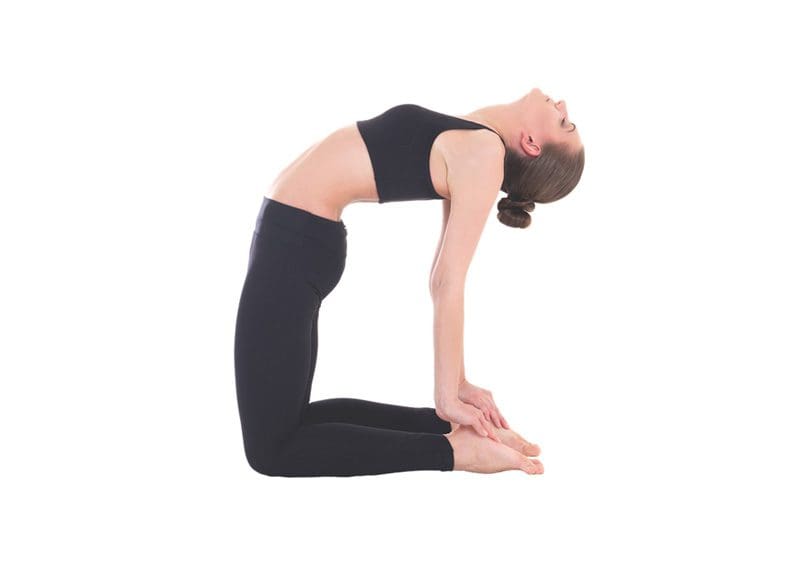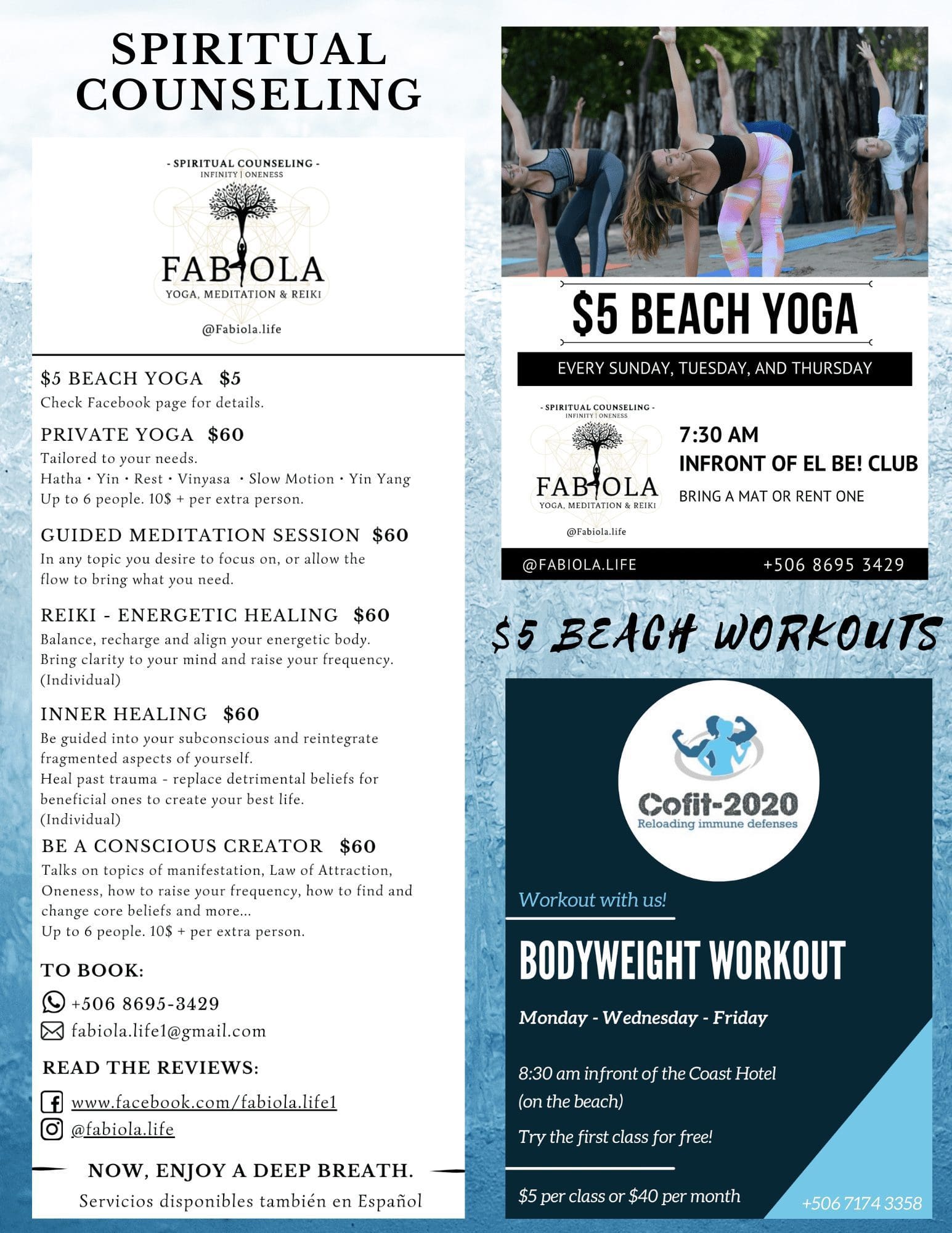
Ustrasana Camel Pose – Yogapedia
Ustrasana Camel Pose – Yogapedia:
ustra = camel / asana = pose
Ustrasana, meaning “camel pose,” is a backbend that stretches the entire front of the body. It strengthens the core and improves shoulder flexibility. If you are practicing this posture for the first time, it can feel uncomfortable. This discomfort may create unnecessary tension in your body and mind. But it also allows you to develop a deeper awareness of your body limits and level of trust in yourself. Remember to always focus on your breath as you move in and out of this posture, slowly and mindfully. By being mindful, I mean being present in every step, observing every sensation that arises with every transition.
How to do the camel pose
1. Come to your knees and sit back on your heels. Place your palms together in front of your heart, thumbs pressed softly on your chest enough to feel your heartbeat. Engage your core, elongate your spine, lift your chest and relax your shoulders. Direct focus on your breath. Inhale deeply and pause, then exhale slowly and pause before repeating. Breathe consciously like this 10 times.
2. Rest on your knees and shins, bringing your hips over your knees. Make sure your knees and toes are a hips’ width apart. Place your palms on your lower back with fingers pointing up. Gently draw your sacrum down, sucking in your abdomen to support the lower back. Keep your chin in toward your chest and gradually lean back, actively pressing your hips forward. Hug your shoulder blades toward each other. This will organically lift your chest and relax your shoulders, releasing pressure off the neck. Don’t let your mind wander; train your attention to be focused on your breath and body.
3. Stay where you are, or reach for your heels with your hands. You may prefer tucking your toes to reach the heels easier or keep the top of your feet pressing the floor. If it’s comfortable for your neck, relax your head back. Hold for four to eight breaths, from 30 seconds to a minute.
4. To come out of the pose, release your hands one at a time and place on your lower back. Slowly lift up from your sternum using your thigh muscles, head and shoulders coming up last. Sit on your heels. Rest in a child’s pose for 10 breaths.
Benefits of the camel pose
Physically
• Opens the entire front of your body.
• Stimulates the respiratory, circulatory, nervous and endocrine systems.
• Strengthen back muscles.
• Can provide an intense mobilization of your digestive system, especially the esophagus, and tonifies the kidneys.
Energetically
Stimulates the “anahata” (heart) chakra, related to your relationships, compassion, forgiveness, devotion and love for self and others.
Mentally
Psychologically, stretching backwards requires confidence. Your heart is leaning back unsupported, with your upper back curling into the “unknown” from a high kneeling position. Trust in your body and self is implicitly reinforced.
ustra = camel / asana = pose
To be mindful
• Do not do this pose if you have a migraine; neck, shoulder or knee injury; or low back pain or inflammation.
• Always precede this pose with a warm-up for your spine.
Cover Story – Costa Rica is the Happiest Country in the World… Why?
Costa Rican Army Abolished: One more reason for happiness?
Feature Article – Living longer in Costat Rica Blue Zone
Costa Rica Yoga and Wellness Retreats
Yoga Wisdom – Power of Yoga: Yamas and Niyamas
Natural Medicine – CBD Oil: Nature’s Miracle Cure?
Mindfulness: Natural High: Benefits of Nature
Psychological Well Being – Counseling Help in Costa Rica
Eat Well: Costa Rica Superfoods – Nutrient Dense Food
Costa Rica Medical Tourism
Costa Rica Dental Tourism: Veneers – Reason to Smile
Ecotourism in Costa Rica: Sustainable Tourism
Ecotourism Pioneer: Rafael Gallo – Ríos Tropicales
The Osa Peninsula
Ecotourist Road Trip: Sarapiquí
Ecolodges in Costa Rica
Caminos de Osa: Tourism that is helping Costa Ricans
CST Being Green Matters to Diamante Eco-Adventure Park
Grow Sustainably, Build & Live Sustainably in Costa Rica
Behind the Image: Photography as Ecotourism
Building Green and Prove it in Costa Rica
Costa Rica Sustainable Development: Ever Greener
Costa Rica’s indigenous Communities and Indigenous Tribes

